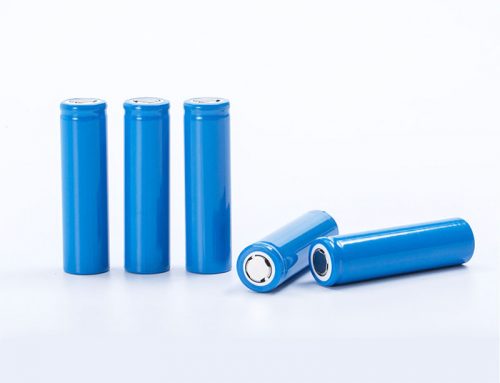One viable aqueous binder is the sodium salt of carboxymethylcellulose (CMC) which exhibits an excellent electrochemical stability and is already used in the production of state-of-the-art graphite anodes. Water-based electrode manufacturing for the cathode materials remains troublesome, as the dispersing of the active material in water has specific drawbacks, like lithium leaching from the cathode structure, surface degradation, deposition of surface impurities and an increase in pH of the electrode slurry, which can lead to the corrosion of the aluminum current collector.
If so, Forever EV suggests making testing to BA-310C, which is a water-based PAA binder from BOBSTECH.COM. BA-310C is a new eco-friendly non-toxic water-based binder for Li-ion Battery Cathode. It can deliver the most excellent adhesion to the active materials as well as the Aluminium foil. It will generate excellent flexibility for the electrodes which is good for cylindrical cell production. It also effectively solve the problem which frequently happens in electrode production such as powder-off, falling-off, and cracking, etc. The good mechanical stability, thermal stability, alkali resistance, and freeze-thaw stability make transportation and processing easier!
Implications of Aqueous Processing for High Energy Density Cathode Materials: Part I. Ni-Rich Layered Oxides
Michael Hofmann1, Martina Kapuschinski1, Uwe Guntow1 and Guinevere A. Giffin1
Published 21 October 2020 • © 2020 The Author(s). Published on behalf of The Electrochemical Society by IOP Publishing Limited
, , Citation Michael Hofmann et al 2020 J. Electrochem. Soc. 167 140512Abstract
Combining the use of nickel-rich layered oxide cathode materials with the implementation of aqueous electrode processing can pave the way to cost-reduced and environmentally friendly electrodes and simultaneously increase the energy density of cells. Herein, LiNi0.33Co0.33Mn0.33O2 (NCM111), LiNi0.6Co0.2Mn0.2O2 (NCM622), LiNi0.8Co0.1Mn0.1O2 (NCM811) and LiNi0.8Co0.15Al0.05O2 (NCA) were evaluated in terms of their response to aqueous processing under the same conditions to facilitate a direct comparison. The results illustrate that mainly nickel driven processes lead to lithium leaching which is combined with the increase of the pH value in the alkaline region. For NCA an additional aluminum-involving lithium leaching mechanism is assumed, which could explain the highest amount of leached lithium and the additional detection of aluminum. Electrochemical tests show a reduced capacity for cells containing water-based electrodes compared to reference cells for the NCM-type materials which increases during the first cycles indicating a reversible Li+/H+-exchange mechanism. In contrast, the NCA cells were completely electrochemically inactive making NCA the most water sensitive material tested in this report. By comparing the cycling performance of cells containing aqueous processed electrodes, a more pronounced capacity fade for nickel-rich cathode materials as compared to their reference cells can be observed.
